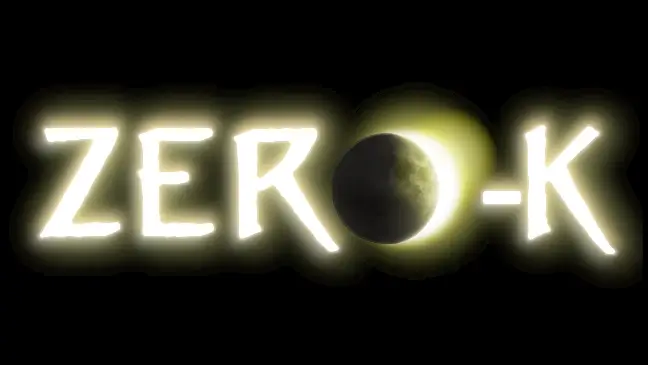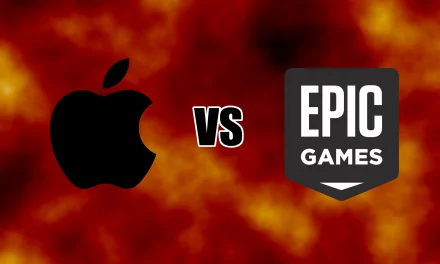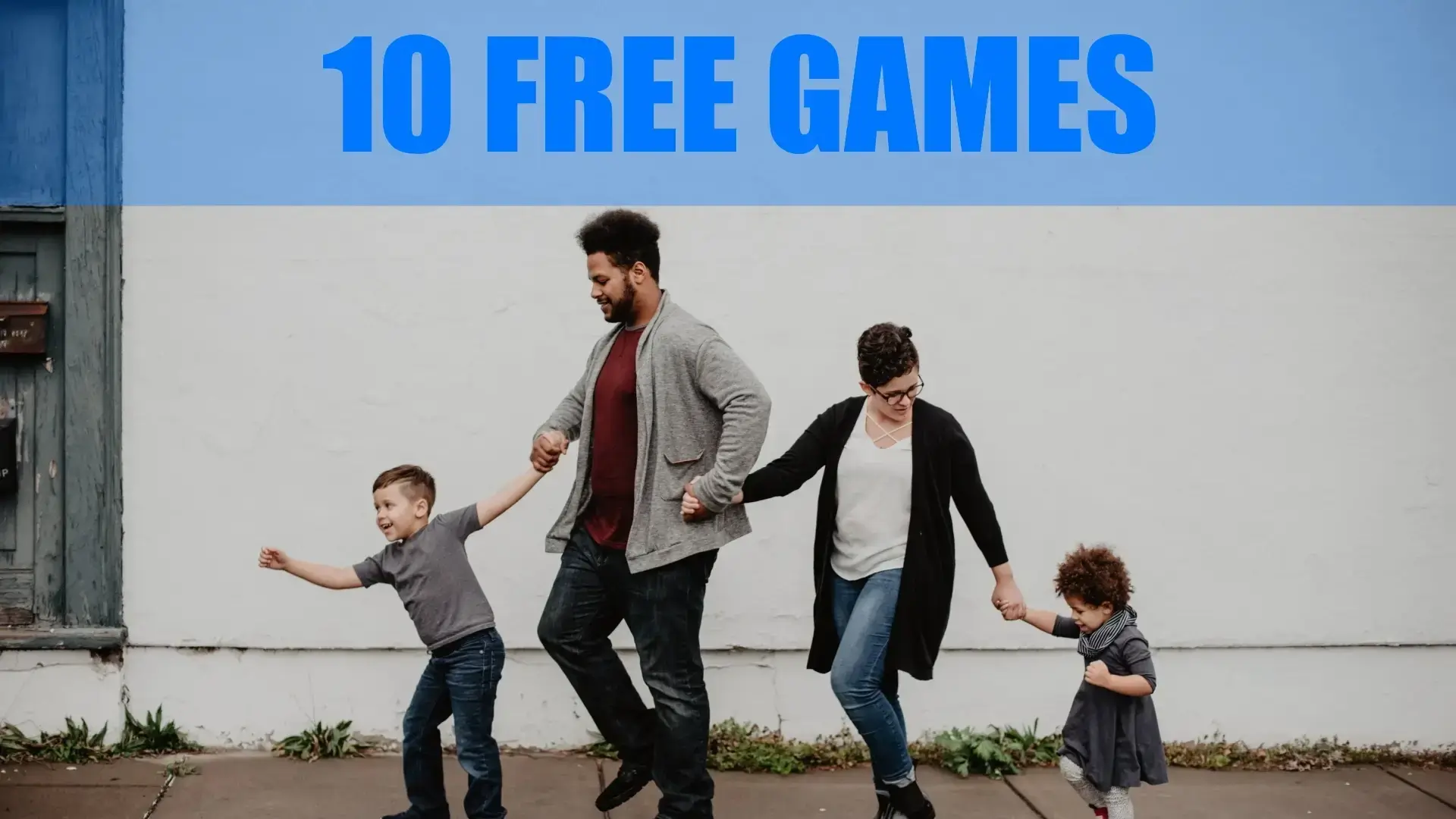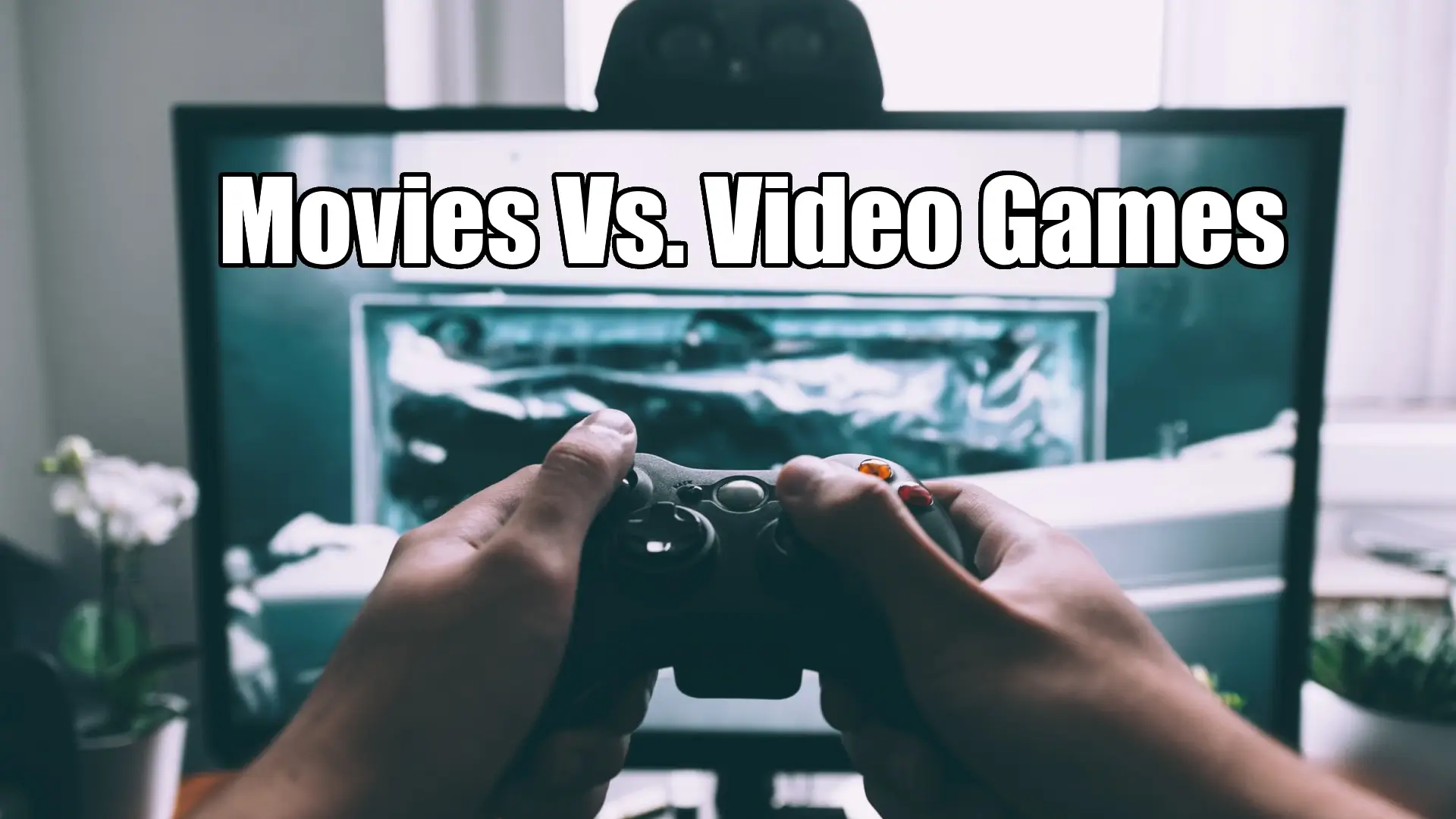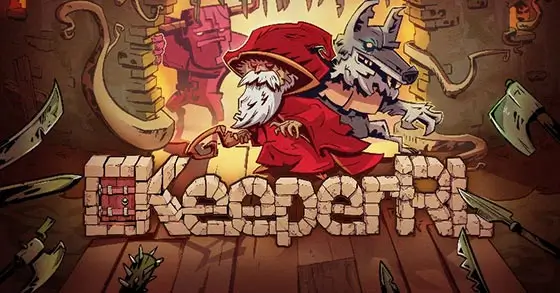Zero-K? Besides a strange name, it’s a free game that doesn’t suck. So there’s no cost to trying it out other than your time and space on your computer.
Zero-K is a real-time strategy game in the same family as Total Annihilation and Supreme Commander. You command robot armies on 3D Terrain. Instead of factions, it features a variety of unit types, each with its unique movement, weapons, and abilities. Weapons and abilities can alter the terrain. The game has a single-player campaign you can play with friends, online matches, coop, and waves. Let’s take a closer look.
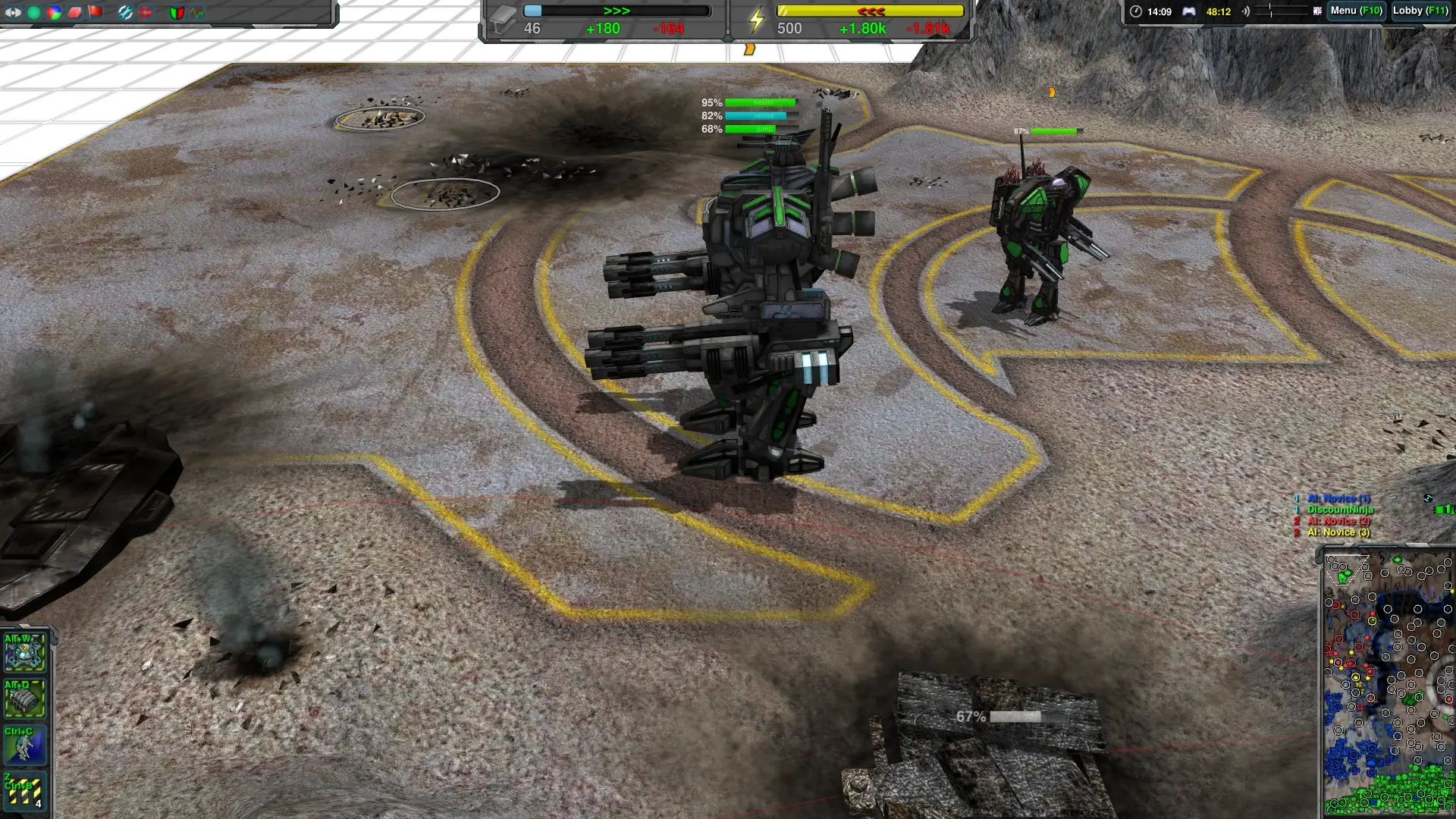
Zero-K’s Legacy
Zero-K is unique in its family of RTS’s, not only that it’s free, in the way it plays too. The UI elements and features have developed over years of playtesting and community feedback. Unlike a lot of games in the same field, there is no monetary influence with the game balance, it shows. The game is still actively developed.
Zero-K’s history starts with Total Annihilation. TA as it’s referred to was different from any other strategy game. Every shot could miss, the terrain was a large part of the strategy, resources weren’t scarce. While it wasn’t the most popular game, it had a very dedicated fan base that kept it alive.
Spring-TA came up, it was an open-source remake of TA. It started as a modern remake of TA. New models, sprites, new graphics, and interface. TA was developed for Windows 98. It doesn’t run well on modern systems. Spring TA aimed to fix that. The Spring Engine took a while to develop, it’s still under active development.
The Spring Engine, being open-source, allowed for many mods and gameplay types. One of the mods was, you guessed it, Zero-K. I didn’t think much of it at the time. Different units and taking it in a different direction. That is, until I tried it.
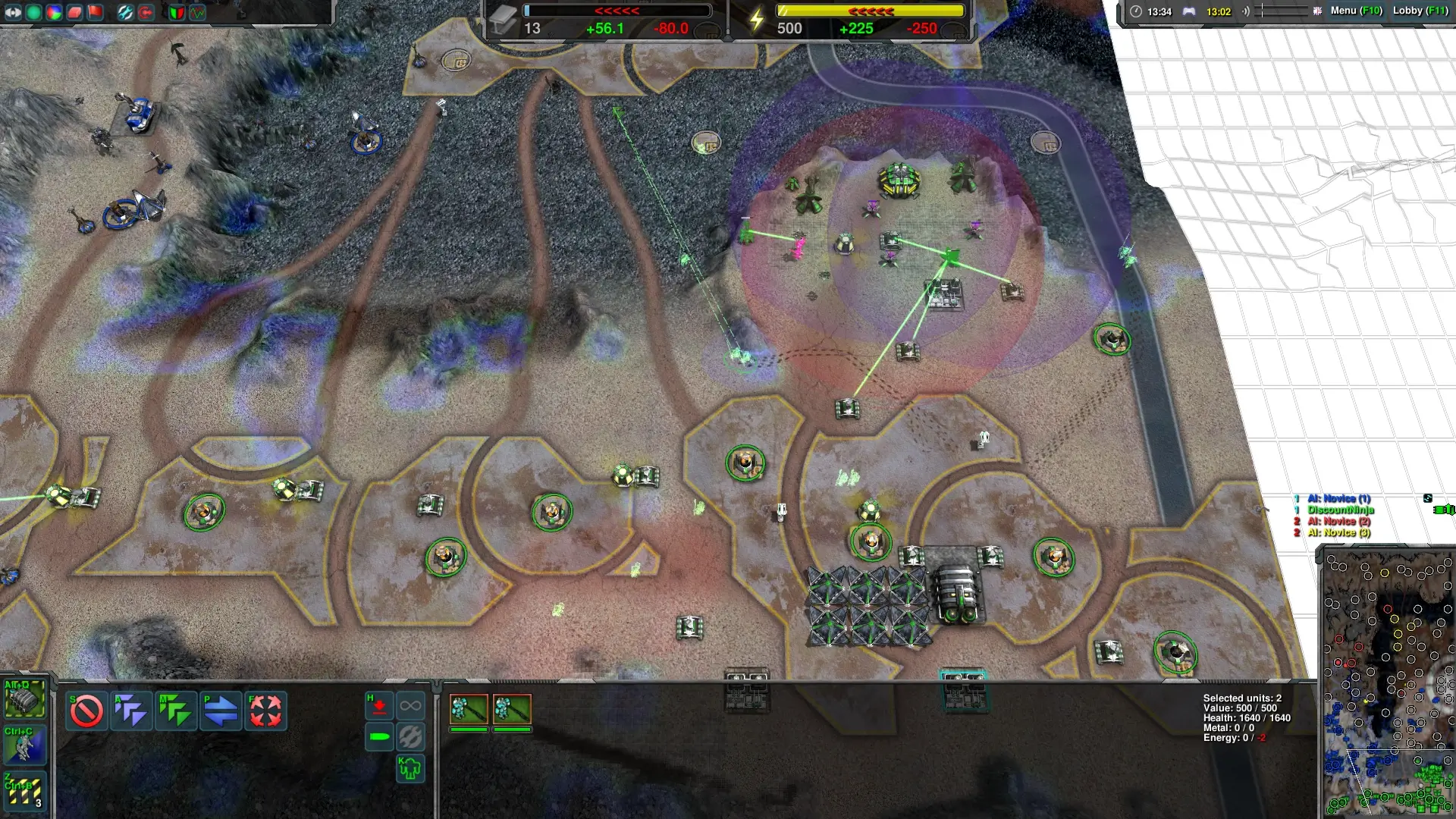
Zero-K’s Gameplay, what makes it different?
Usually, in RTSs there is a finite amount of resources in any given map. This changes the flow in the early, mid, and late games go. The Total Annihilation style of games is different here in that the resources only grow. However, you run into the problem where defenses become too strong, and it’s difficult to overtake the other players in production. This makes for long games. In Zero-K this ends up being different entirely. That’s a major issue of these types of RTS games, ending up going on too long. Zero-K doesn’t seem to have that issue, from what I noticed.
There seem to be a few reasons for this, one of the major ones is the unit balance. Usually in this type of game, there are 1 to 3 tiers of units. Once you go to level 2, the level 1 units become worthless. Once you have level 3, you use less level 2, usually. Zero-K doesn’t have a second tier, they only have a 1 tier. So that helps simplify the units and combat greatly. You can produce anything you want if you can afford it. It also means there are no useless units that waste space/time.
The other thing is all of your production needs to be linked to be more effective. The more energy you have in excess the more metal you will produce, this is your primary resource. This means any hit to the economy as a whole will affect production to everything. So any ground loss can snowball.
And the last thing, which seems standard with this family of games, superweapons. You can counter them if you plan for it, but often it ends up being a final ultimatum. It becomes a large beacon on the map for everyone to see. Forcing one side to win or lose.
Because of these, the matches and games are really quick compared to the other titles in this type of game. Matches last an hour rather than all day. That’s pretty unique in this family of games.
The Zero-K Units
Zero-K doesn’t have any factions, but you do have vastly different factory types that change your play style. Sort of like your faction you select in the game.
Each factory has a few common types they can build. Builder, scout, skirmisher, and some utility. Usually with some fun abilities.
- The Cloakbot Factory is unique with its stealth and snipers.
- The Shieldbot Factory has strong units with some staying power.
- The JumpBot Factory produces unique bots that all have thrusters to dodge fire or jump cliffs.
- The Amphbot Factory can produce some powerful bots that can dive, float and walk on land.
- The Spider Factory makes walkers that can climb any cliff but have no tolerance for water.
- The Rover Assembly has a lot of utility and faster units.
- The Tank Foundry has some heavy units with some staying power.
- The Hovercraft Platform builds vehicles that can roam on land and float on water.
- The Shipyard constructs ships for water with some good range and firepower.
- The Gunship plant focuses on aircraft with firepower over speed.
- The Airplane plant goes for speed and utility.
- Last and strongest is the Strider hub where you create high-tier units.
As you can see there’s a huge roster of factories and units to go with them. Unlike a lot of other RTS games where it can be confusing how the game balance works. Like how some units are more effective and have counters.
In Zero-K it’s pretty straightforward on what’s going on. I can tell a lot of polish has gone on in the unit balance. You can see when a large unit has a hard time tracking a smaller one, or when units get swarmed.
The maps
Often what determines how an RTS will play out is the map. Zero-K has a lot of variety in the terrain and maps you can play on. They’re pretty well detailed and there’s a lot of them. The maps are mostly alien worlds with varied landscapes. I’d personally like to see more cities and rural areas on the maps.
A cool feature of Zero-K is that the game doesn’t download all the content at once. While you get a basic set of maps, there are a lot of them to download while in the game. The map file sizes are not very big, but can take up a lot of space. Each map you select will download before you play.
The maps are separated by size and type. FFA or free for all, team matches, 1v1, and a chicken mode. Chickens come in waves and get progressively harder. Once the chickens get aggressive enough, you’ll encounter a massive and powerful queen to take out.
Final thoughts on Zero-K
Overall the game has had a lot of work poured into it. It’s one of the best free games I’ve played. I recommend trying it out. You’ll be glad you discovered Zero-K.
The game is available on Steam for free, this makes it easy to play and to invite friends. On the store page, there are DLCs available, but these are for donations only. A nice way to donate without signing up for anything.

